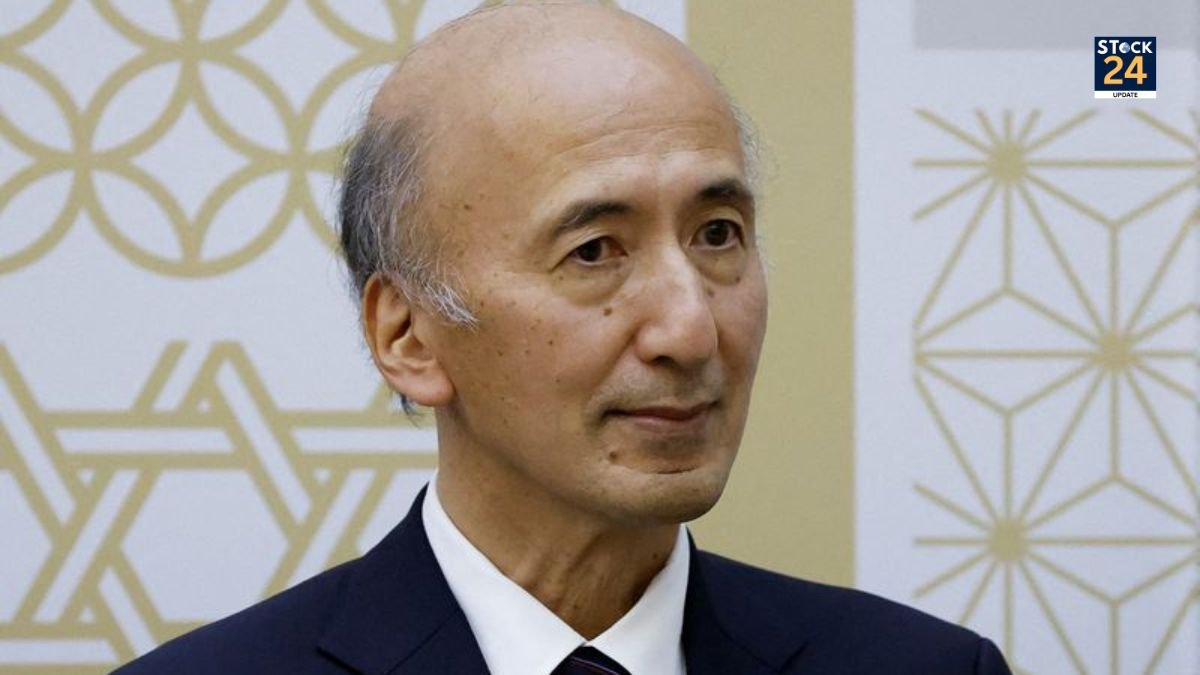Former BOJ Chief Sees Rate Hike on Horizon, Warns of ‘Cracks’ in US Dollar’s Dominance

TOKYO – The Bank of Japan (BOJ) is likely to resume interest rate hikes once economic uncertainty from U.S. trade policies subsides, according to former BOJ Deputy Governor Hiroshi Nakaso. In a wide-ranging interview with Reuters, the influential economist also noted that while the U.S. dollar will retain its global supremacy, recent events have revealed “cracks” in its status, prompting investors to diversify.
Nakaso, a career central banker who now serves as chairman of the Daiwa Institute of Research, stated that Japan’s monetary policy must remain vigilant against rising inflation to avoid falling “behind the curve.”
He pointed to upside risks for inflation, noting that companies are showing a greater willingness to raise wages and pass on increasing costs to consumers. “Food products that people buy more frequently are rising much quicker than the headline inflation rates,” Nakaso said. “This runs the risk of inflation expectation overshoot.”
Despite this, he believes the BOJ will hold off on an immediate rate increase to assess the impact of U.S. tariffs and a slowing global economy.
“But once the uncertainties clear enough for the BOJ to restore confidence that the economic and inflation trajectory will move in line with their projections, I think they will be back on their way to the next rate hike,” he explained. Nakaso assured that even with another hike, Japan’s monetary conditions would remain loose, as inflation-adjusted borrowing costs are still in negative territory.
Shifting his focus to the global stage, Nakaso addressed the future of the U.S. dollar. He argued that the greenback’s supremacy is not at immediate risk, as “no other currency at this point can substitute the U.S. dollar.” He also expressed confidence that the Federal Reserve would provide necessary dollar funding in times of market stress.
However, Nakaso highlighted a growing trend among investors. “What we witnessed in April shortly after the ‘Liberation Day’ was that cracks have appeared in the almighty dollar,” he said, referencing President Donald Trump’s announcement of sweeping tariffs on April 2, which triggered a significant outflow of funds from U.S. assets.
This event, according to Nakaso, was a sign that some investors have begun shifting parts of their portfolios into other currencies. “This diversification trend may continue over the longer run,” he added.
Nakaso, who retains close contacts with global policymakers, also warned of an increased risk of global economic fragmentation. He suggested that U.S. policies under President Trump are driven by a view that globalization has been more harmful than beneficial to the United States. “We are, in this regard, at an inflection point where the U.S. is trying to replace the global economic order” with one that “better serves its national interest,” he told Reuters.
As a former deputy governor from 2013 to 2018 and a key figure in creating dollar swap lines after the 2008 financial crisis, Nakaso’s insights carry significant weight in international financial circles.






